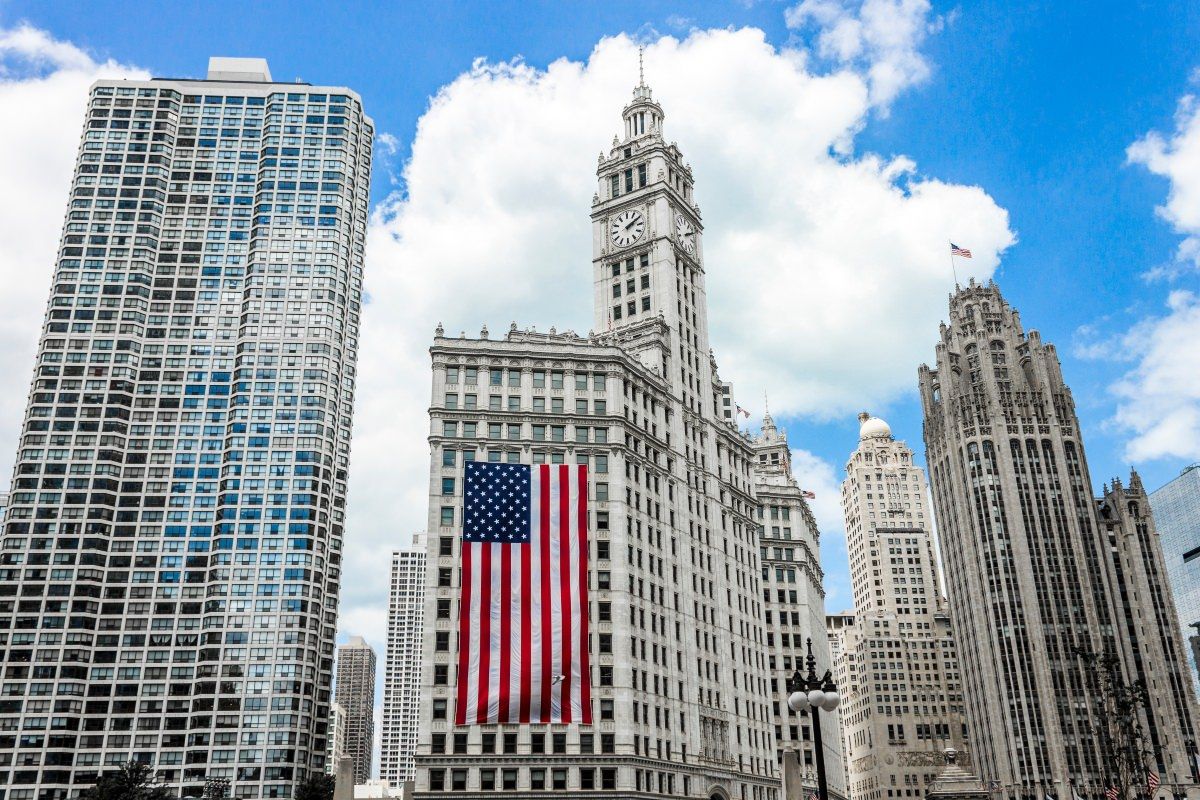Cresco Labs, a Chicago-based multistate cannabis company, is hoping to create a consistent retail experience for marijuana consumers across state lines, one that feels much more familiar to mainstream retail customers.
The focus on consistency will help ensure that consumers know what to expect, whether they’re shopping in Illinois, Florida, Pennsylvania or any of the eight other states where Cresco does business, according to Joe Caltabiano, co-founder and president of Cresco Labs.
Branding the new stores as Sunnyside, Cresco envisions a retail experience that’s more in line with up-to-date, mainstream shops such as international cosmetics retailer Sephora.
The Sunnyside stores will be in both medical and recreational cannabis markets and cater to marijuana consumers concerned with wellness.
“The original cannabis stores were relegated to the industrial areas, the dim-lit streets,” Caltabiano said. “We’re bringing this out to the sunny side of the street, to the corner of Main and Main, or where people go to do their food shopping, in more of a traditional environment.”
Caltabiano spoke with Marijuana Business Magazine about challenges when expanding across state lines, how the company adopted its strategy and how this approach will give his company an edge.
What are the challenges when trying to convey the same retail experience while expanding to different states?
The regulatory environment certainly dictates a lot of it. Within the regulatory environment—and every state is slightly different—but as our government affairs team works with regulators to craft laws or shape the future of what laws look like, we think it’s important that regulators and legislators understand that bringing cannabis to the forefront and not making it live in the shadows is an incredibly important piece. So, as we look at entering new markets, we try to put retail in an environment where—whether it’s my sister who wants to shop or my father wants to shop—it’s a welcoming area that fits with this bright and sunny brand.
It’s a big lift on the real estate side, but again, it’s designed to be a welcoming and inviting environment in a welcoming and inviting area.
How did you conduct your research to adopt this strategy?
- Focusing on field marketing.
- Checking on stores that we like.
- Understanding the consumers who are coming into our retail stores currently.
Fortunately, being based in Chicago, we have some of the best retail in the market. As we were digging into this, we started gravitating toward the Sephora-style store, the Allbirds (direct-to-consumer shoe company with a presence in a handful of major cities such as New York and London), some of the new generation of retail. Not the old style of retail.
We also have the feedback loop of real-life customers who are coming into the multiple states that we do have retail in. A lot of that was done through M&A, so we inherited some footprints. But what we also inherited was this incredibly fantastic customer base that gives feedback about what they like and what they don’t like.
What do you think makes your retail strategy different, and how is it going to set your company apart?
We’re looking at cannabis through retail focused thoroughly on wellness and targeting wellness-focused customers. Their expectation of what retail looks like is more akin to what they’re used to in normal life. The Whole Foods experience. The Apple Store experience. A more sophisticated and experiential retail.
When we were designing Sunnyside, we looked at brands like Sephora for inspiration. When you walk in there, it’s a very approachable, inviting retailer. Even though you may not be a subject-matter expert when you walk in there, there’s a trained staff that guides you through the experience, and our experience guides you through a wellness experience rather than just a retail transaction.
So you’re trying to move away from the retail experience where the customer is paired up with a budtender across the counter and can’t really move around freely in the store?
Everyone has a different wellness goal when they walk into the store. Rather than just matching up vape pen with vape pen, it will be much more wellness-focused and laid out in that manner. The consumer can be part of their own journey.
They’re going to be able to have that retail experience where they can walk in, interact with—it most likely won’t be live product—but it will be packaging, some form of technology, video screens. We’ll also have a live element of trained professionals who are there to help to understand the (consumer’s) wellness goals.
When you’re ready to check out, there were will be a separate area where you’re going there to make the transaction—not feeling like you have to learn about the product and make the transaction at the same counter.
With your focus on wellness, how did you educate your retail staff?
We segmented retail much like a national retail operator would, where you have a true training program. Most of the time, the national trainer sets up the program, works with the store that’s opening, then we have regional trainers who continue.
I think the biggest thing, as we look at what retail stores do well and restaurants and other industries do well, it’s not just that initial training, it’s the ongoing training, the continuing education, to make sure as the industry evolves and the consumer evolves, you’re taking that feedback.
This interview has been edited for length and clarity.





